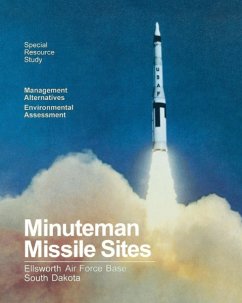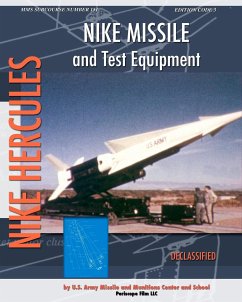This book provides the historical background that led to the development of the SCUD-B operational-tactical missile. For more than fifty years, it was the most widely deployed missile. The systems are subjected to a thorough mathematical analysis performed on the electronic element level. The analysis results are confirmed by replicating the required hardware tests in the MATHCAD and MATLAB/SIMULINK environments, thus allowing the author to obtain motion stabilization and range control algorithms. The information provided in this book is based upon original Soviet literature declassified in the late 1980s and upon a wide range of articles concerned with the development of the R-17/R-17M missile, which were published after the breakdown of the former Soviet Union. About the Author The author has been interested in rocketry since his high school days when he submitted his first work on the subject of the history of rocket development. In 1969, Seyfert earned a bachelor's degree in electronics in the former German Democratic Republic. In 1981, he earned a master's degree in electrical engineering and computer science. He was certified as a Russian-German/German-Russian military translator in the former Soviet Union. During his early professional career, the author served as a military engineer in different engineering and operational positions in missile air defenses. In 1993, Seyfert was invited to work as an engineer in the U.S. He worked for several companies until his retirement as a principal engineer.








